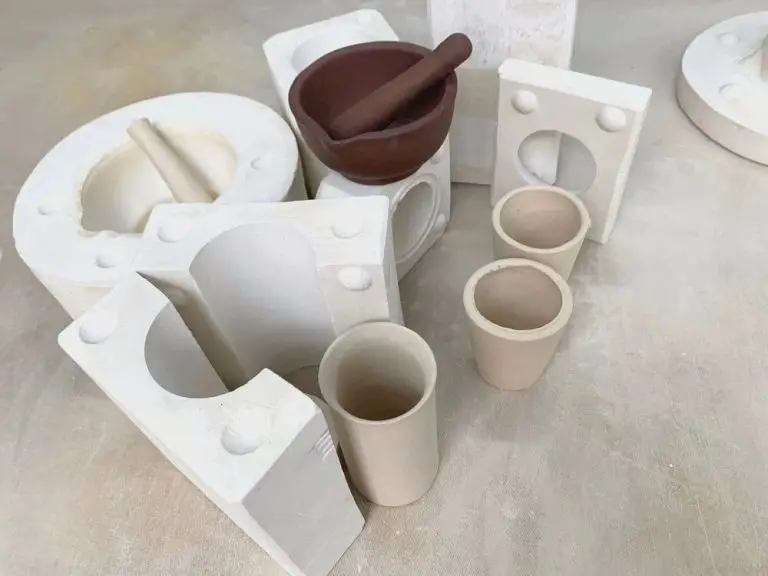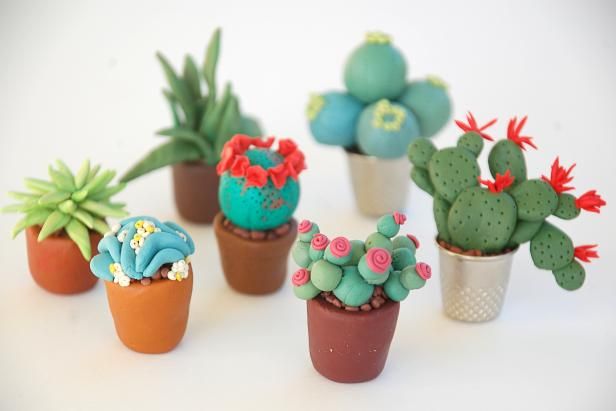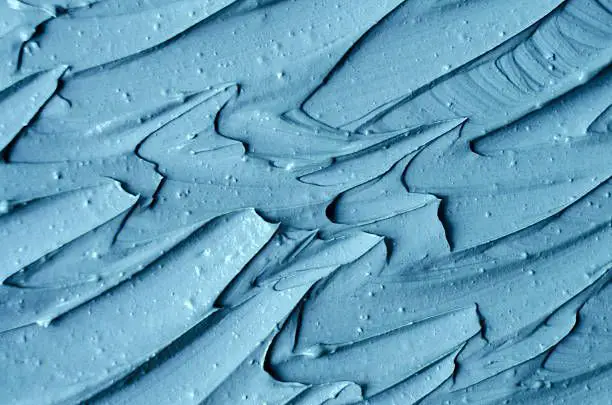Can Clay Be Used As A Mold?
Clay molds are a type of mold made from clay that can be used to cast or shape objects out of different materials. Clay is an inexpensive and accessible material, making clay molds a simple and cost-effective option for prototype development, sculpture, metal casting, jewelry making, glasswork, and other applications.
The clay acts as the mold material, forming a negative impression that accepts molten metals, waxes, glass, plasters, concrete, resins, and other pourable materials. Once the material cures and hardens, the clay mold can be removed to reveal the newly shaped positive object.
Clay molds allow rapid prototyping and short-run production for small businesses, artists, craftspeople, hobbyists, designers, and engineers. They are often used in place of rigid permanent molds made from metal or plaster in situations where only a few casts are required. The clay is reusable and can form multiple molds from a single model.
History of Clay Molds
Clay has been used for mold making and casting for thousands of years. The earliest evidence of clay molds comes from China around 4,000-3,000 BC. At this time, the Chinese were creating bronze vessels using clay molds. They would shape clay into the form they wanted, let it dry, and then pack clay around it to create a mold. Molten bronze would then be poured into the space between the two clay layers. Once cooled, the clay could be broken away, revealing the finished bronze piece.
In ancient Egypt around 3,500 BC, clay was also used for mold making. The ancient Egyptians pressed semi-dry clay over existing objects to make molds. They used these molds to reproduce shapes and figures in great detail. Some of the objects molded and cast in clay include statues, jars, bricks, and tiles.
Around 1,500 BC, clay molding and casting reached the Aegean and Mediterranean regions. Minoan artisans on Crete used clay molds to mass produce ceramic vessels and figurines. This early use of molds allowed them to duplicate designs and efficiently make large quantities of pottery.
Clay continued to be a preferred material for molds in ancient Greece. Greek bronze workers shaped clay into piece-molds to produce bronze statues, reliefs, and vessels. The use of clay molds allowed the Greeks to achieve consistency and precision in their bronze castings. Examples of Greek bronze artwork made using clay molds still survive today.
Clay molds have thus been crucial throughout history for sculpting, shaping, and casting materials like metal, glass, and ceramics. From the earliest civilizations to ancient Greece, the unique properties of clay made it an ideal material for mold making.
Types of Clay for Molds
Clay is a versatile material used for mold making, but not all types of clay are equally suitable. The best clays for mold making have certain properties that enable them to capture fine detail and withstand the molding process.
Plasticity is one of the most important properties for mold making clays. Plasticity refers to a clay’s ability to be molded and hold its shape. Clays with high plasticity, such as pottery clay or modeling clay, can be shaped into intricate designs and will retain crisp details when used to make molds.
Durability is another key factor. The clay needs to be strong enough to withstand the pressure of the casting material without cracking or distorting. Dense, high-fire clays have the highest durability for mold making. These include stoneware and porcelain clays which get very hard after firing at high temperatures.
Low shrinkage is also vital for maintaining accuracy. Some clays shrink considerably during the drying and firing process. Clays prone to excessive shrinkage will result in molds that are smaller than intended. Porcelain and stoneware clays engineered for low shrinkage are good choices when dimensional precision is needed.
The ideal mold making clays also have smooth, fine particles. This allows for very detailed reproduction with clean, crisp lines. Smooth clay can capture finer textures and shapes compared to clays with rough, gritty particles.
Making a Clay Mold
Making a clay mold is a step-by-step process that requires careful preparation and execution. Here is an overview of the process:
Step 1: Choose the type of clay you want to use. Pottery clay, polymer clay, or modeling clay are common choices. Ensure the clay is soft and pliable.
Step 2: Knead the clay thoroughly so it is soft, smooth, and free of air bubbles. The clay needs to be properly conditioned for the mold making process.
Step 3: Press the original object gently into the ball of clay to create an impression. You can also roll out a clay slab and press the object in. Be careful not to distort the clay.
Step 4: Carefully remove the original object from the clay. You should be left with a clay mold in the negative space.
Step 5: Allow the clay mold to dry completely. Drying times vary based on clay type. You can air dry or accelerate drying with a hairdryer on low heat.
Step 6: Once dried, you can pour your intended casting material like wax, plaster or concrete into the clay mold to create a cast of the original object.
Step 7: Release the casting from the clay mold once fully cured. You may need to carefully peel away or break open the clay.
Step 8: Clean and reuse the clay mold if desired. Store unused clay molds in plastic bags to prevent drying out.
Using a Clay Mold
Once the clay mold has dried and hardened, it’s ready for the molten metal or other material to be poured in. The key steps when using a clay mold are:
– Make sure the mold is fully dry before pouring material into it. Any moisture left in the clay can cause cracks or imperfections in the finished casting.
– Securely position the mold so it won’t shift when the material is poured in. Brace or clamp the mold if needed.
– Preheat the mold gently before pouring by placing it near the heat source. This helps prevent thermal shock.
– Pour the molten metal or other material smoothly and steadily into the mold cavity. Pouring too fast can cause turbulence and bubbles.
– Let the material cool fully in the mold before removing. Clay holds heat so allow adequate cooling time.
– Carefully remove the hardened casting from the clay mold. The mold may need to be chipped or broken away in pieces.
– Clean any remaining clay off the finished casting using water and brushing. Allow to fully dry.
– Optional: To reuse a clay mold that remains intact, re-fire it in a kiln before pouring again. This hardens and prepres the surface.
Advantages of Clay Molds
Clay offers several key advantages as a material for molds:
Reusable: Unlike molds made of plaster or epoxy, clay molds can be reused multiple times. The clay can be reshaped and smoothed out between uses, allowing a single mold to produce dozens of castings.
Inexpensive: Clay is one of the most affordable mold-making materials. Natural clays can be dug directly from the earth, and even prepared pottery clays are relatively cheap compared to silicone or rubber. This makes clay molds a very cost-effective option.
Easy to Modify: With clay molds, it’s simple to make small adjustments to the mold shape by scraping away clay or adding pieces on. This allows refinements to be made throughout the casting process to achieve the perfect mold.
The ability to reuse and modify clay molds makes them a versatile, customizable tool for casting projects. Along with their low cost, these advantages help explain why clay has been used as a mold material for thousands of years.
Disadvantages of Clay Molds
While clay can be an excellent material for making molds, it does have some drawbacks to be aware of. Two of the biggest disadvantages of clay molds are brittleness and limited detail.
Clay is not the most durable material, especially when dry. Fired clay has some strength, but unfired clay is prone to cracking and crumbling easily. This makes clay molds somewhat fragile. They have to be handled gently to avoid breaking them before the mold’s intended use. Pieces can chip off or crack during the mold making process or when removing the cast material if care is not taken.
The brittleness also limits the amount of fine detail that can be achieved with clay molds. Thin or intricate shapes tend to weaken the mold. The mold design has to account for the structural integrity to avoid parts breaking off under pressure from the cast material. Using slip casting rather than press molding can help, but in general clay works better for molds with broader, sturdier features.
Makers using clay molds need to be cautious of these disadvantages and design/handle their molds accordingly to prevent issues. But when used appropriately, clay can still be a versatile, accessible mold making option.
Clay Mold Uses
Clay is commonly used to make molds for jewelry, sculpture, ceramics, and other art forms. Here are some of the main uses of clay molds:
Jewelry: Jewelry makers often use clay to create molds for metal castings. The clay takes on an impression of the original jewelry design, and molten metal can be poured into the mold to duplicate the piece. Clay molds allow for intricate jewelry shapes to be reproduced accurately.
Sculpture: Sculptors may use clay to make molds of an original sculpture so that multiple copies can be produced. The mold captures fine details from the sculpture, enabling high quality duplicates. Clay molds are a cost effective way to reproduce sculptures without having to carve each one by hand.
Ceramics: Ceramic artists frequently use clay molds to efficiently produce multiples of their pottery or ceramic ware. The mold serves as a template so that many identical pieces can be made, with the same shapes and decorative details. Using molds speeds up ceramic production.
Clay is an optimal material for molds across these art forms because it is inexpensive, reusable, and easy to work with. Clay can pick up very fine impressions to replicate minute textures and designs. It also withstands the heat of molten metals and ceramics during casting processes. Clay enables artists to efficiently produce numerous replicas of their original pieces.
Clay vs. Other Mold Materials
Clay offers some advantages and disadvantages compared to other common mold making materials like rubber, metal, and plaster:
Rubber
Rubber molds are more durable and can be used for longer casting runs than clay. However, clay is easier to work with and more accessible as a household material. Rubber molding involves chemicals that can be difficult to source and work with safely.
Metal
Metal molds like aluminum or steel can withstand extremely high casting temperatures and pressures. They produce the most refined castings. However, metal molds require specialized equipment, skills, and cost to fabricate. Clay molds are extremely cheap and accessible in comparison.
Plaster
Like clay, plaster is an inexpensive and accessible mold making material. It’s easiest to work with in small molds. However, plaster is brittle and prone to cracking over time. Clay can withstand more stress and holds up better through repeated castings. Plaster also has lower heat resistance.
Overall, clay excels as an inexpensive and easy to use mold making material for hobbyists and households. For short production runs of simple metal or plastic castings, clay offers advantages over more complex and expensive options.
Conclusion
In summary, clay can absolutely be used to create molds for a variety of applications. Clay is an accessible, affordable, and versatile material that has been used for mold making for centuries. The type of clay used, such as pottery clay or polymer clay, will determine the quality and durability of the finished mold.
Clay molds allow hobbyists and artisans to make reproductions of objects without expensive metal molds. Simple clay molds can be formed by hand while more complex molds require sculpting skills. Properly prepared clay molds can produce dozens of castings in materials like plaster, resin, metal, and concrete before the mold degrades.
Clay molds have advantages over other mold making materials in terms of cost and ease of use. However, they can be less durable and may require release agents. Overall, clay remains an excellent option for creating molds, particularly for smaller production runs.



